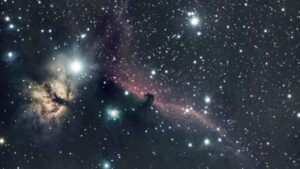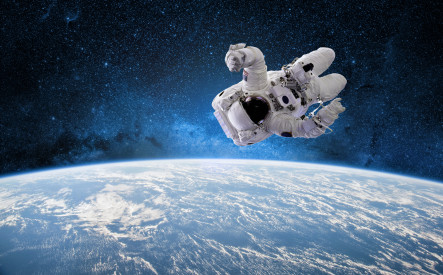The wonders of outer space. While many might think space is just about stars, moons, and planets, the reality is far more fascinating. Space is incredibly vast, fill with wonders and peculiarities waiting to be uncover. Thanks to technological advancements, we’ve gaine a deeper understanding of what lies beyond our planet.
So, what exactly is space, what does it look like, and what resides out there? Let’s dive into the details.

Defining Outer Space
Space is a term or concept that encompasses various phenomena in the realms of science, mathematics, and computation. It refers to the region beyond a planet’s atmosphere. From Earth’s perspective, space begins approximately 62 miles (100 kilometers) above sea level. The line that separates the atmosphere from outer space is known as the Kármán line, and space is also referr to as the void or simply “space.”
In reality, a significant portion of the universe is made up of empty space, often referr to as an imperfect vacuum. There is very little matter in space, making it an almost perfect vacuum. Space is extremely cold, and even though it is cold, it requires special infrare radiators to dissipate heat from spacecraft because of the lack of particles for heat exchange.
It’s worth noting that outer space specifically refers to the area between celestial bodies, while the universe encompasses the entire expanse, including the planets within it.
What Lies in Outer Space?
Beyond our planet, space is not truly empty. It is fill with interstellar dust clouds and tiny particles that form the solar wind. Space is home to isolate particles and hydrogen atoms that occasionally cluster to create nebulae—expansive clouds stretching over a billion kilometers.
Apart from nebulae and interstellar dust, outer space is home to fragments ranging from small moon-size chunks to grains of sand. These debris pieces are known as planetoids and asteroids.
Radio waves, heat, X-rays, and beams of light all reverberate through space, as well as solar flares that erupt in bursts of solar fire.
Conclusion
Additionally, there’s the issue of “space debris,” remnants from space missions and satellites, which humans left floating around our planet. We’ve unintentionally litter the cosmos with human-made objects. It’s possible that similar rings of manufacture items exist on other planets, albeit far away.
According to NASA Space Place, on a clear night, you might be able to witness the stunning expanse of the Milky Way stretching across the sky, a breathtaking sight during midnight hours.
So, space is not merely about stars and planets; it’s an intricate web of interstellar dust, particles, nebulae, asteroids, and the remnants of human exploration, making it a captivating realm worthy of exploration and study.




